The African bush elephant, scientifically known as Loxodonta africana, is an awe-inspiring creature that embodies the spirit of the African wilderness. As the largest land animal on Earth, these majestic beings command our admiration with their impressive size, intelligence, and profound impact on the ecosystems they inhabit. The African bush elephant’s adaptations are a testament to the wonders of evolution and the incredible diversity of life on our planet. From their size and physical structure to their trunk, tusks, dentition, and social behaviors, these adaptations enable them to thrive in the challenging savanna environment.
African Bush Elephant: Species Profile
Common Name: African Bush Elephant
Swahili Name: Tembo
Scientific Name: Loxodonta africana
Type: Mammal
Food: Herbivorous diet, primarily consisting of grasses, leaves, bark, fruits, and branches
Habitat: African savannas, woodlands, forests, and marshes
Size: Adult males can reach a height of up to 3.5 meters (11 feet) at the shoulder
Average Life Span in the Natural Habitat: Approximately 60 to 70 years
Active: Diurnal and nocturnal behaviors
Gestation Period: Around 22 months
Weight: Adult males weigh between 4,000 to 7,000 kilograms (8,800 to 15,400 pounds)
Size Comparison to a 6-ft Man: The African bush elephant is much larger than a 6-ft man, standing over three times taller at the shoulder.
The African bush elephant, scientifically known as Loxodonta africana, is an awe-inspiring creature that commands attention with its massive size and gentle nature. Let’s explore some key details about this majestic species:
Physical Attributes
The African bush elephant is characterized by its immense size, with males reaching towering heights of up to 3.5 meters (11 feet) at the shoulder and weighing a staggering 5,000 to 7,000 kilograms (11,000 to 15,400 pounds). Females, although slightly smaller, still possess a formidable presence in their environment. One of their most iconic features is their magnificent curved tusks, which are elongated incisor teeth that grow throughout their lives. These tusks serve various purposes, from digging for water and minerals to defense and even communication.
Behavior and Social Structure
African bush elephants display intricate social structures centered around close-knit family units known as herds. These herds are led by a matriarch, typically the oldest and wisest female, who guides the group in search of food, water, and safety. The matriarch’s experience and knowledge play a vital role in the survival and well-being of the entire herd. Young males eventually leave the herd and may form bachelor groups or venture out on solitary journeys. Communication within the herd is facilitated through a combination of vocalizations, body language, and seismic vibrations, allowing for effective coordination and cooperation.
Habitat and Range
The African bush elephant thrives in a diverse range of habitats throughout sub-Saharan Africa, including savannas, grasslands, woodlands, and even certain forested areas. They have shown remarkable adaptability and resilience, inhabiting regions with varying rainfall patterns and vegetation types. From the arid landscapes of the Sahel to the lush riverine ecosystems of the Okavango Delta, these magnificent creatures navigate their surroundings with grace and purpose. They are known to undertake seasonal migrations in search of food and water, utilizing their exceptional memory to remember vital resources and pathways across vast territories.
Feeding Habits
As herbivores, African bush elephants sustain themselves on a diet primarily composed of vegetation. They are voracious eaters, consuming an average of 100 to 300 kilograms (220 to 660 pounds) of plant matter daily. Their diet consists of grasses, leaves, bark, fruits, and branches, which they gather using their versatile trunks and powerful tusks. African bush elephants are essential contributors to their ecosystem as they shape their habitat through their feeding habits. By creating clearings and pathways, they enhance the availability of resources for other animals and contribute to the overall biodiversity of their surroundings.
Conservation Status
The African bush elephant faces significant conservation challenges in the modern era. Habitat loss due to human activities, including agriculture, infrastructure development, and expanding settlements, poses a major threat to their survival. Additionally, the persistent illegal poaching of elephants for their ivory tusks remains a grave concern. The African bush elephant is currently classified as “Vulnerable” on the International Union for Conservation of Nature (IUCN) Red List of Threatened Species. Urgent conservation efforts are necessary to protect their habitats, combat poaching, and ensure their long-term survival.
Ecotourism and Elephant Conservation
Ecotourism has emerged as a powerful tool in promoting elephant conservation and raising awareness about the importance of protecting these magnificent creatures. Responsible and sustainable wildlife tourism provides economic incentives for local communities to safeguard elephant habitats, while also offering visitors the opportunity to observe and appreciate African bush elephants in their natural habitat. Many African countries have established national parks and reserves dedicated to preserving elephant populations, allowing visitors to experience the awe-inspiring beauty of these gentle giants while supporting conservation initiatives.
The Significance of African Bush Elephants
African bush elephants hold profound ecological and cultural significance. As ecosystem engineers, they play a vital role in shaping their environments by creating water holes, dispersing seeds through their dung, and maintaining vegetation balance. Their presence is a testament to the richness of Africa’s biodiversity and the intricate web of life in which they are a key component. Moreover, African bush elephants hold deep cultural and spiritual importance for many African communities, symbolizing strength, wisdom, and a connection to the natural world.
Loxodonta africana
Loxodonta africana stands as a magnificent icon of the African wilderness, captivating us with its grandeur, intelligence, and vital ecological role. By understanding and appreciating these incredible creatures, we can work together to protect their habitats, combat poaching, and ensure their survival for generations to come.
Adaptations of the African Bush Elephant:
The African bush elephant, also known as Loxodonta africana, is a magnificent creature that has evolved remarkable adaptations to thrive in its savanna habitat. From its physical characteristics to its behavioral traits, these adaptations enable the African bush elephant to navigate its environment and fulfill its ecological role. In this article, we explore some of the key adaptations that make this majestic animal so well-suited to its African home.
Size and Physical Structure
One of the most striking features of the African bush elephant is its enormous size. These gentle giants are the largest land animals on Earth, with males reaching heights of up to 3.5 meters (11 feet) at the shoulder and weighing between 5,000 to 7,000 kilograms (11,000 to 15,400 pounds). Females are slightly smaller but still impressive in their proportions. Their large size provides several advantages, including better access to food sources and increased protection against predators.
Trunk and Tusks
The elephant’s trunk is a versatile adaptation that serves numerous functions. It is a fusion of the upper lip and nose and is composed of thousands of muscles, allowing for exceptional strength and control. The trunk serves as a multi-purpose tool, enabling the elephant to grasp and manipulate objects, gather food, drink water, and even communicate through various trunk gestures. Additionally, African bush elephants possess long, curved tusks that continue to grow throughout their lives. These tusks are essential for tasks such as digging for water, stripping bark, and defending against threats.
Dentition and Feeding Adaptations
The African bush elephant’s dentition is another critical adaptation for its herbivorous diet. They have six sets of molars that are gradually replaced throughout their lifetime, with each new set larger and more efficient at grinding tough vegetation. Their teeth are adapted to handle the wear and tear caused by their fibrous diet, which consists of grasses, leaves, bark, fruits, and branches. With their remarkable chewing capabilities, they can consume vast quantities of plant matter, contributing to their survival and the shaping of their environment.
Water Conservation
In the arid landscapes of the savanna, water is a precious resource. African bush elephants have evolved adaptations to conserve water and survive in dry conditions. They can go for long periods without drinking by relying on the moisture obtained from their food. Additionally, their kidneys are highly efficient in conserving water, allowing them to reabsorb as much water as possible from their urine. This adaptation enables them to thrive in habitats where water sources may be scarce or widely dispersed.
Social Structure and Communication
The African bush elephant exhibits a complex social structure centered around tight-knit family units known as herds. These herds are led by a matriarch, an experienced female who guides the group and shares her knowledge of finding food, water, and safe paths. Within the herd, communication is essential for maintaining cohesion and coordinating group activities. Elephants use a variety of vocalizations, such as trumpeting, rumbling, and roaring, as well as body language and tactile signals, to convey information and establish social bonds.
Thermoregulation
Living in the often hot and sunny savanna environment, African bush elephants have adaptations to regulate their body temperature. They have relatively sparse hair cover, which helps dissipate heat and allows for better air circulation across their bodies. In addition, elephants have large, thin ears that are rich in blood vessels. By flapping their ears, they can increase the surface area exposed to the air, facilitating heat loss through the process of evaporative cooling.
Where to See African Bush Elephants in Tanzania:
Tanzania, a country renowned for its rich wildlife and breathtaking landscapes, offers exceptional opportunities to witness the awe-inspiring African bush elephants in their natural habitat. With its diverse national parks and conservation areas, Tanzania provides visitors with the chance to embark on unforgettable safaris and experience firsthand the magnificence of these gentle giants. In this article, we highlight some of the top destinations in Tanzania where you can encounter African bush elephants up close.
Serengeti National Park
Serengeti National Park, one of Africa’s most iconic and celebrated wilderness areas, is a haven for wildlife enthusiasts and a prime location to observe African bush elephants in their splendor. The vast grassy plains, dotted with acacia trees and interspersed with rocky outcrops, provide an ideal habitat for these majestic creatures. The Serengeti is renowned for its annual wildebeest migration, and during this time, elephants can be seen moving in synchronized herds, adding to the spectacle of nature’s grandeur.
Tarangire National Park
Located in northern Tanzania, Tarangire National Park is a hidden gem that boasts remarkable concentrations of African bush elephants, particularly during the dry season. The park’s unique ecosystem, dominated by the Tarangire River and its lush floodplains, draws elephants from far and wide in search of water and food. Witnessing herds of elephants congregating around the riverbanks or gently browsing through the park’s baobab-studded landscapes is a truly memorable experience.
Ngorongoro Conservation Area
The Ngorongoro Conservation Area, a UNESCO World Heritage Site, is renowned for its stunning Ngorongoro Crater, often referred to as the “Garden of Eden.” This vast volcanic caldera is home to an abundance of wildlife, including a healthy population of African bush elephants. Exploring the crater’s diverse habitats, which encompass grasslands, swamps, forests, and a soda lake, allows for incredible encounters with elephants and the opportunity to observe their natural behaviors in a captivating setting.
Ruaha National Park
For those seeking a more off-the-beaten-path experience, Ruaha National Park in southern Tanzania offers a pristine and remote wilderness teeming with wildlife, including a significant population of African bush elephants. Known for its rugged landscapes, vast baobab-dotted plains, and the Great Ruaha River, this park provides a unique and intimate encounter with elephants in a less crowded setting. Exploring Ruaha’s vast expanses and observing elephants against the backdrop of baobabs is a true testament to the raw beauty of African wildlife.
Selous Game Reserve
The Selous Game Reserve, the largest protected area in Africa, encompasses a staggering 50,000 square kilometers of untamed wilderness. This vast reserve is home to a diverse array of wildlife, including a substantial population of African bush elephants. The reserve’s meandering rivers, vast grasslands, and dense woodlands create an ideal habitat for elephants to roam freely. Embarking on a guided safari in Selous offers a chance to witness elephants in their natural environment while immersing yourself in the sheer magnitude of this untamed African landscape.
African Bush Elephant Safari Tips:
Embarking on an African bush elephant safari is a thrilling and unforgettable experience. These majestic creatures, with their impressive size and gentle demeanor, captivate the hearts of wildlife enthusiasts around the world. To ensure that your safari is both safe and rewarding, we have compiled a list of essential tips and guidelines to help you make the most of your encounter with African bush elephants. By following these recommendations, you can enhance your safari experience and create lifelong memories.
1. Choose the Right Safari Destination
Selecting the right safari destination is crucial for an optimal elephant safari experience. Research various national parks and reserves known for their African bush elephant populations, such as Serengeti National Park in Tanzania, Chobe National Park in Botswana, or Kruger National Park in South Africa. These destinations offer vast landscapes and diverse ecosystems that support thriving elephant populations, increasing your chances of observing these magnificent creatures up close.
2. Engage with Knowledgeable Guides
When planning your African bush elephant safari, ensure that you choose reputable tour operators and experienced guides who are knowledgeable about elephant behavior, ecology, and conservation. Skilled guides can provide valuable insights into elephant habitats, movement patterns, and social dynamics, enhancing your understanding and appreciation of these incredible animals. They can also ensure your safety and help you make the most of your safari experience.
3. Respect Elephant Behavior and Personal Space
While it’s tempting to get as close as possible to these gentle giants, it’s crucial to respect their behavior and personal space. Keep a safe distance and observe them from a respectful vantage point. Avoid any actions that may disturb or stress the elephants, such as loud noises, sudden movements, or attempts to touch or feed them. Remember, the goal is to observe and appreciate these magnificent creatures in their natural habitat without causing any harm or disruption.
4. Practice Responsible Wildlife Photography
Photographing African bush elephants during your safari allows you to capture unforgettable moments. However, it’s essential to do so responsibly and ethically. Follow the guidelines provided by your guide and ensure that your photography practices do not interfere with the natural behavior of the elephants or endanger your safety. Respect the animals’ comfort zone and avoid using flash photography, which can startle them. Remember, the welfare of the elephants should always take precedence over capturing the perfect shot.
5. Observe and Learn from Elephant Behavior
Take the time to observe and learn from the behavior of African bush elephants during your safari. Watch how they interact with each other, communicate, and navigate their environment. Notice their feeding habits, social dynamics, and unique characteristics. By paying attention to these details, you can develop a deeper appreciation for their intelligence, resilience, and the intricate web of life in which they exist.
6. Support Conservation Efforts
African bush elephants face numerous challenges, including habitat loss, poaching, and human-wildlife conflicts. Show your support for their conservation by choosing responsible tourism operators and lodges that prioritize sustainable practices and contribute to conservation initiatives. By doing so, you directly contribute to the protection and preservation of these magnificent creatures and their habitats.
7. Embrace the Full Safari Experience
While the African bush elephants may be the highlight of your safari, remember to embrace the full experience of being in the wilderness. Take in the sights, sounds, and scents of the savanna. Appreciate the diverse wildlife and stunning landscapes that surround you. Enjoy the thrill of encountering other remarkable animals, such as lions, giraffes, or zebras. Immerse yourself in the magic of the African wilderness, cherishing every moment of your safari adventure.
Frequently Asked Questions about African Bush Elephants:
African bush elephants, with their majestic presence and fascinating behaviors, have captured the curiosity of people worldwide. As a result, many questions arise regarding these magnificent creatures and their way of life. In this section, we provide answers to some of the most frequently asked questions about African bush elephants, shedding light on their adaptations, behavior, and conservation status.
Q: What is the African bush elephant’s scientific name?
A: The African bush elephant belongs to the species Loxodonta africana. It is one of two species in the genus Loxodonta, with the other being the African forest elephant (Loxodonta cyclotis).
Q: How large can African bush elephants grow?
A: African bush elephants are the largest land animals on Earth. Adult males can reach an average height of 10 to 13 feet (3 to 4 meters) at the shoulder and weigh between 5,000 to 14,000 kilograms (11,000 to 30,000 pounds). Females are slightly smaller, but still impressive in size.
Q: What are the distinctive features of African bush elephants?
A: African bush elephants possess several remarkable features. Their most iconic characteristic is their long, curved tusks, which are elongated incisor teeth. These tusks continue to grow throughout their lives and are used for various purposes, including digging, defense, and stripping bark from trees. Another distinguishing feature is their large, muscular trunk, which serves multiple functions, such as breathing, grasping objects, and communication.
Q: What is the role of the African bush elephant’s ears?
A: The ears of African bush elephants are not only prominent but also functional. They help regulate the elephant’s body temperature by dissipating excess heat. The large surface area of their ears allows for effective cooling through increased blood flow and the release of heat. Additionally, elephants use their ears as a means of communication, signaling their emotional state and intentions to other elephants.
Q: How do African bush elephants communicate?
A: African bush elephants communicate using a variety of vocalizations, infrasound (low-frequency sounds below the range of human hearing), body language, and visual displays. They produce rumbles, trumpets, roars, and other vocalizations to convey information and maintain social cohesion within their herds.
Q: What is the social structure of African bush elephants?
A: African bush elephants live in complex social structures led by a matriarch, typically the oldest and most experienced female. They form cohesive family units known as herds, consisting of related females and their offspring. Male elephants leave the herd when they reach maturity and may form temporary bachelor groups or live solitary lives.
Q: What is the diet of African bush elephants?
A: African bush elephants are herbivores with a primarily vegetarian diet. They consume a variety of plant matter, including grasses, leaves, fruits, bark, and branches. An adult elephant can eat up to 300 pounds (136 kilograms) of vegetation per day, playing a vital role in shaping the ecosystems they inhabit.
Q: Where do African bush elephants live?
A: African bush elephants inhabit a range of habitats across sub-Saharan Africa, including savannas, forests, woodlands, and even deserts. They are adaptable to different environments but require access to water sources for drinking and bathing.
Q: Are African bush elephants endangered?
A: African bush elephants are currently listed as vulnerable on the IUCN Red List of Threatened Species. They face significant threats from habitat loss, poaching for ivory, and human-wildlife conflicts. Conservation efforts are crucial to protect their populations and ensure their long-term survival.
Q: How can I contribute to the conservation of African bush elephants?
A: There are several ways to contribute to the conservation of African bush elephants. Supporting organizations dedicated to elephant conservation, spreading awareness about the challenges they face, and choosing responsible tourism practices that prioritize their welfare and habitat preservation are all impactful ways to make a difference.

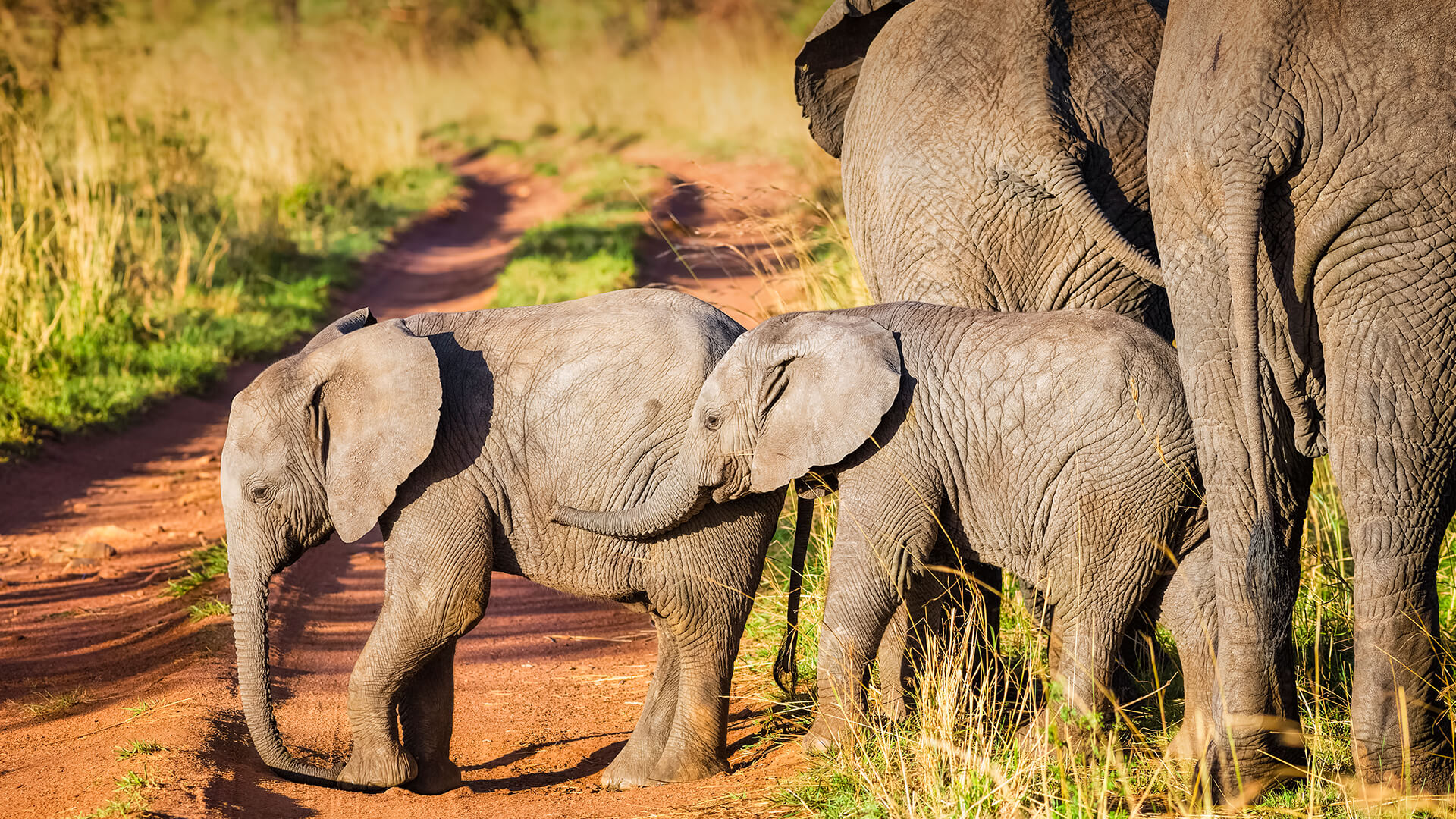
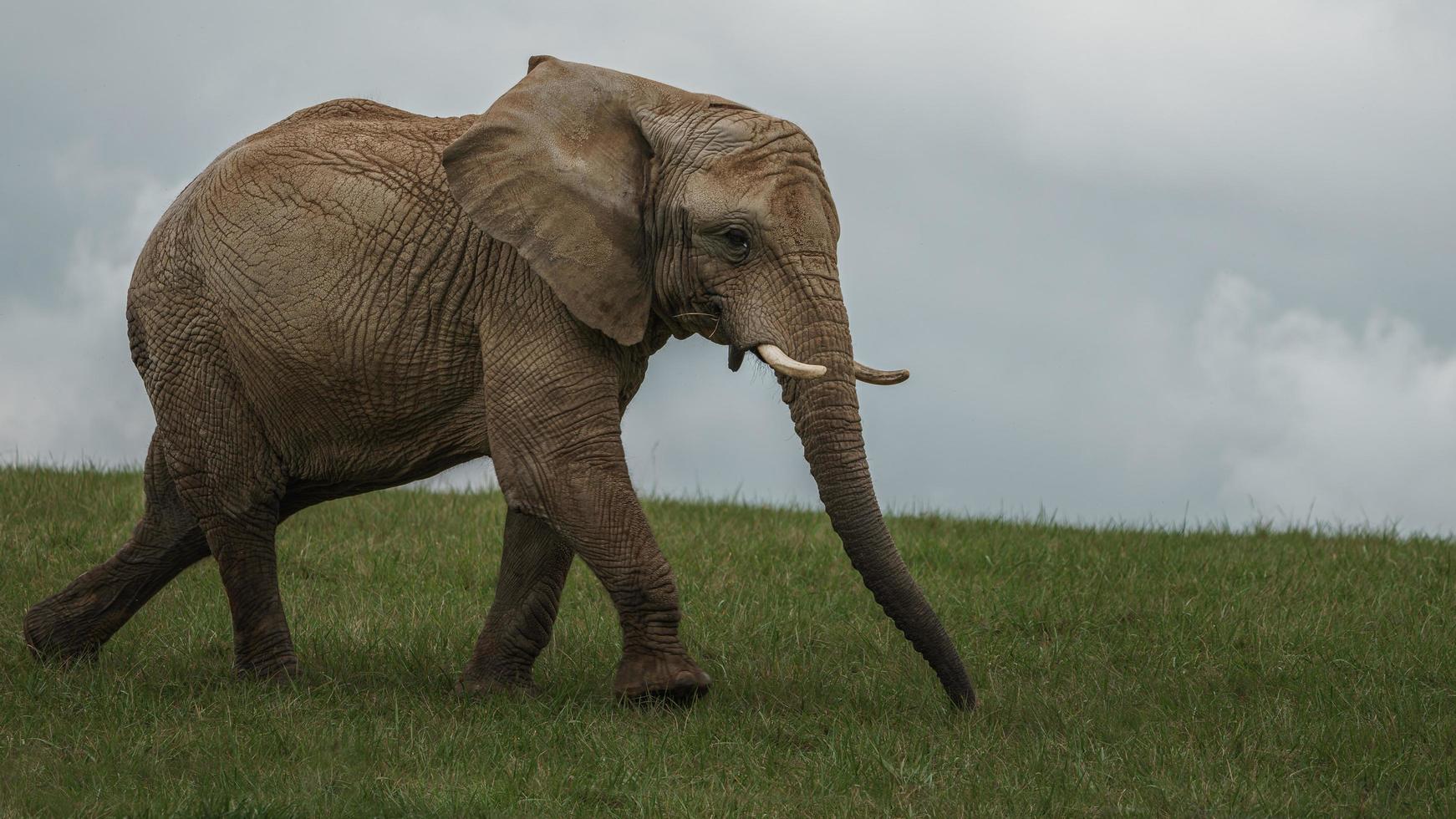
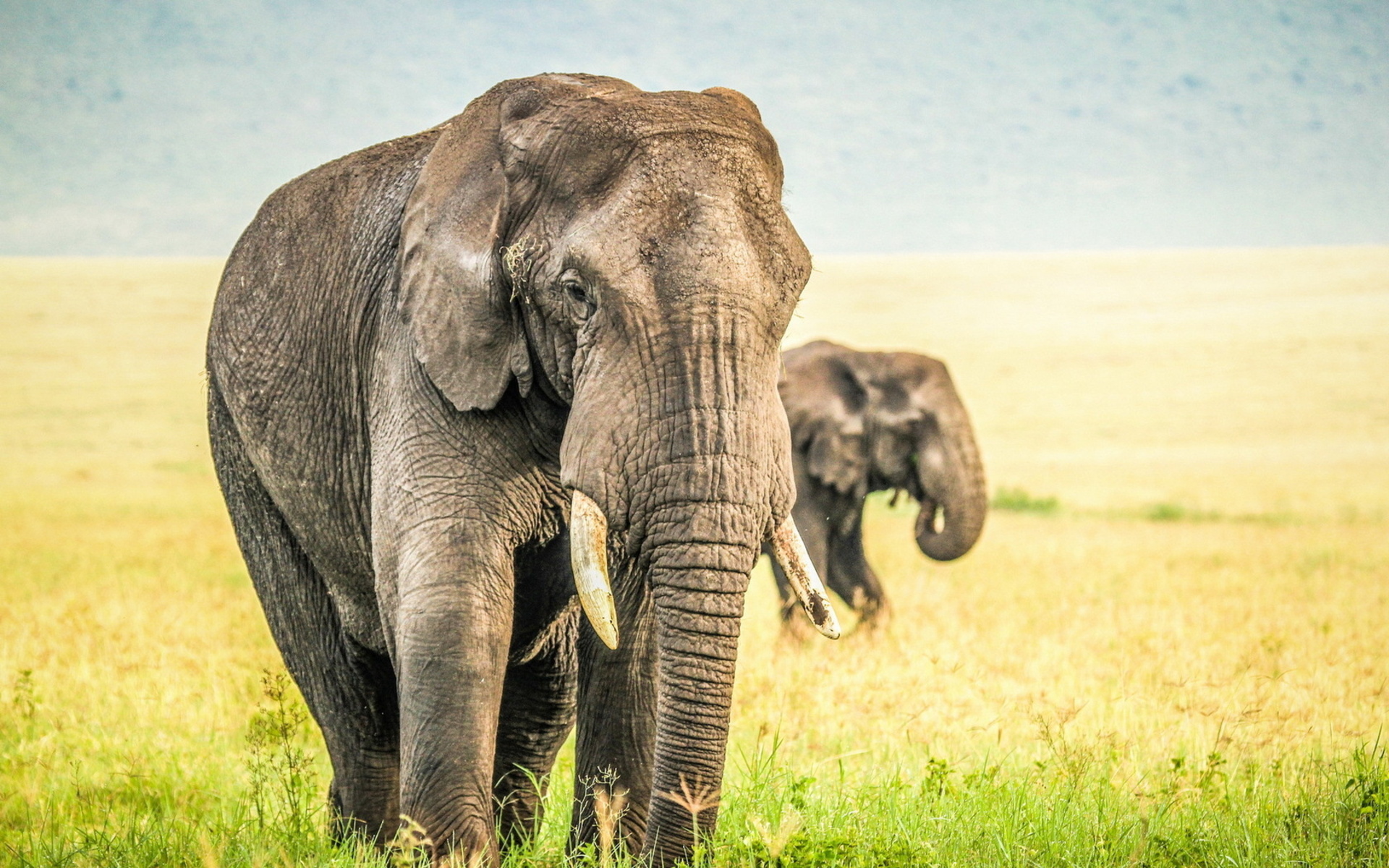
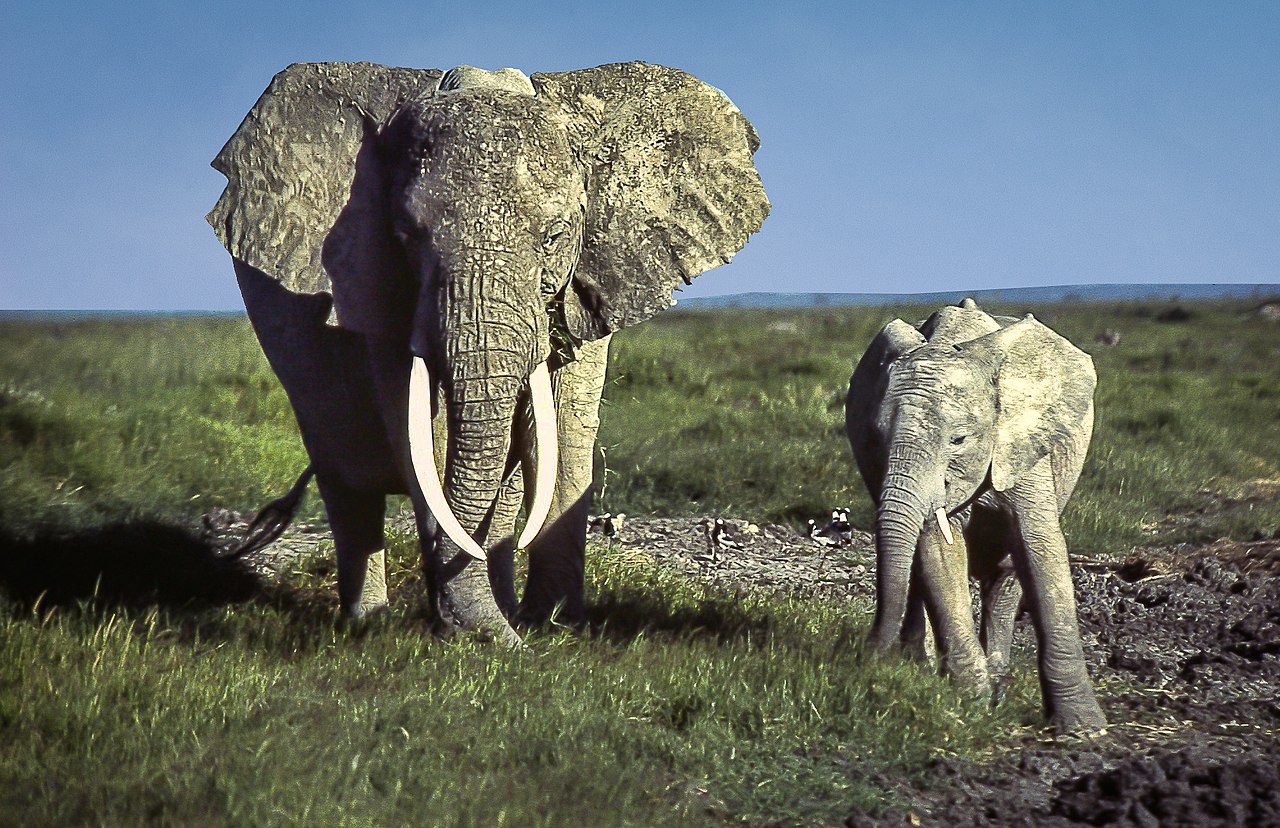
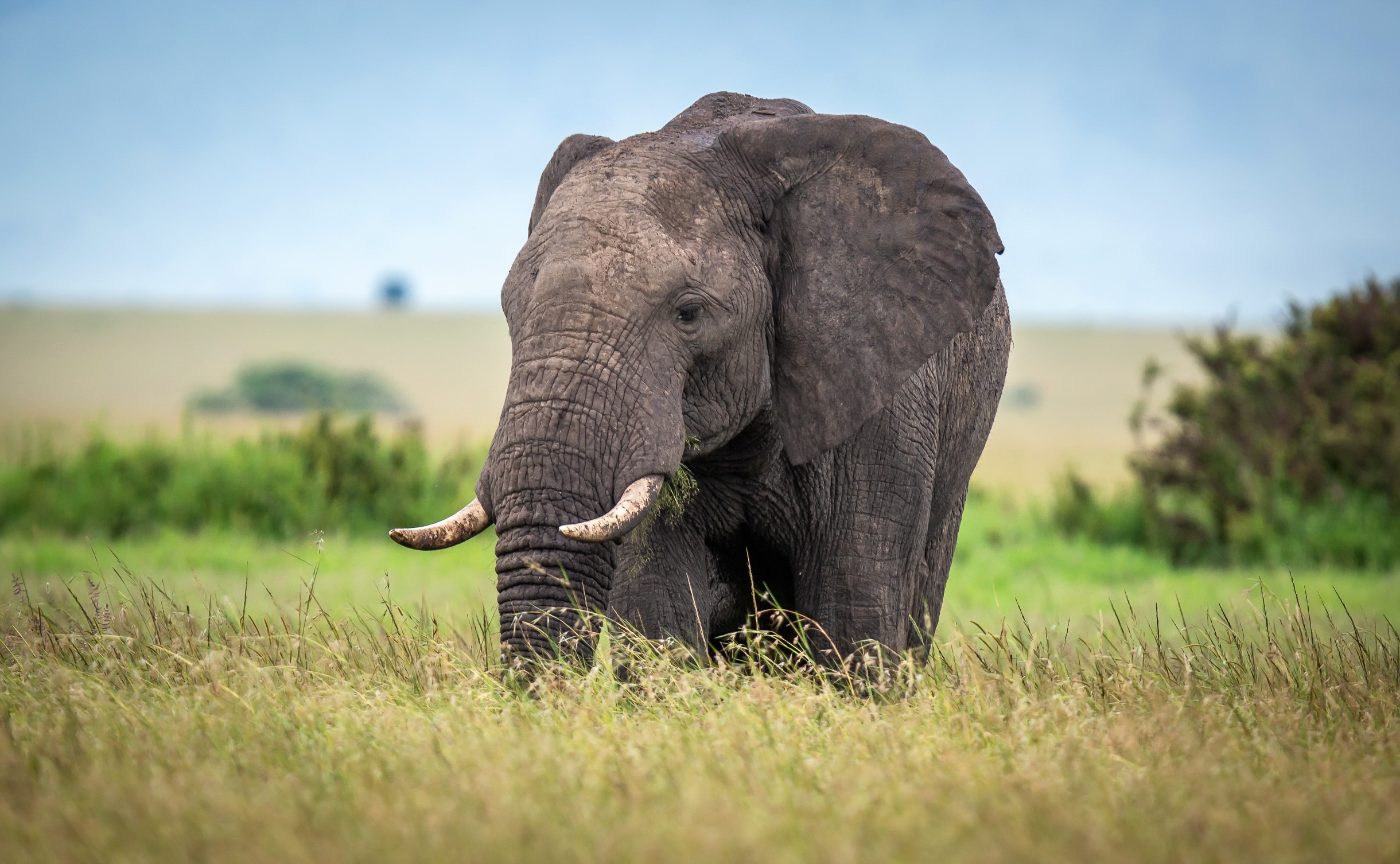
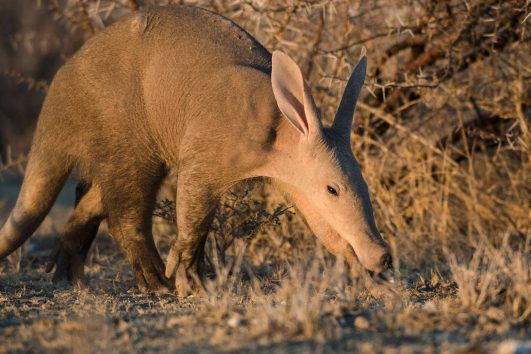
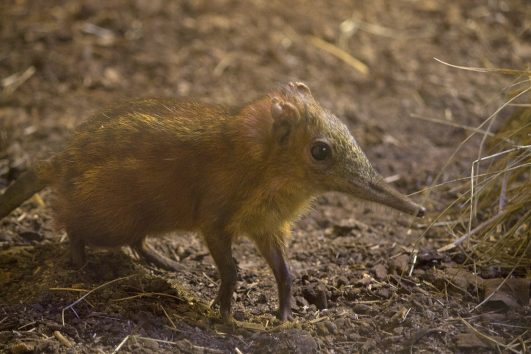

Tour Reviews
There are no reviews yet.
Leave a Review